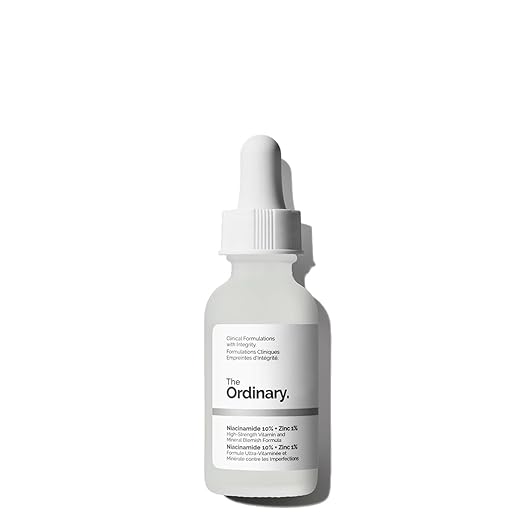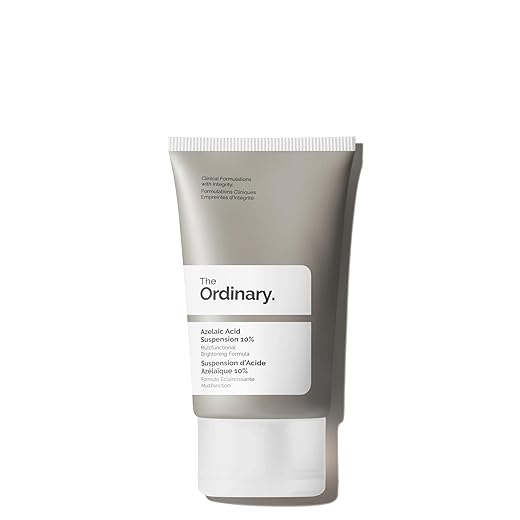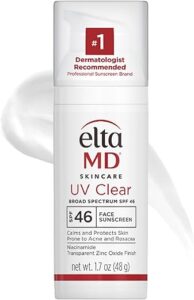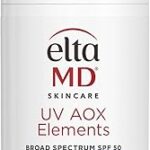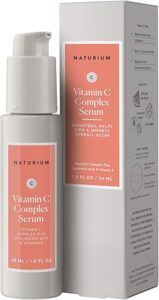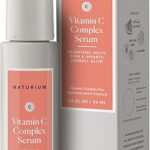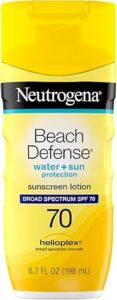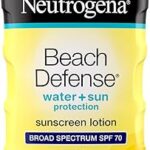Quick Fixes That Don’t Sacrifice Skin Health
They want fast, effective ways to reduce wrinkles and fade dark spots without risking damage. This guide speaks to DIY enthusiasts and crafters who prefer gentle, practical solutions.
First, it points out major skincare mistakes that actually make lines worse and shows how to stop them. Next, it covers sun protection done right to prevent new wrinkles and dark spots. Then it explains how harsh exfoliation and ingredient misuse deepen lines and stains. After that, it shares fast, safe approaches to treat dark spots at home with remedies. Finally, it offers targeted spot treatments, quick fixes, and clear signs for when to see a pro.
Short, project-style tips make results realistic and safe today.


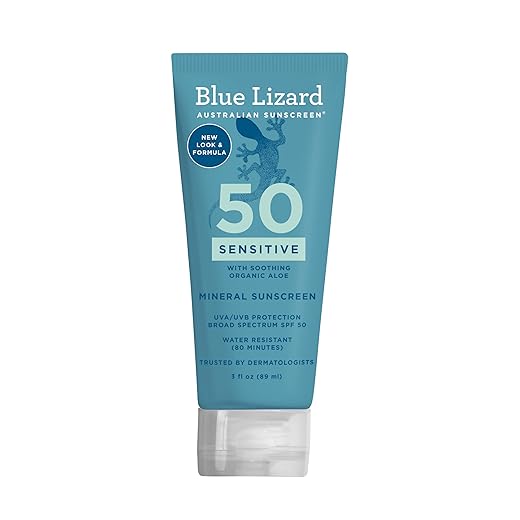

Major Skincare Mistakes That Make Wrinkles Worse (And How to Stop Them)
Skipping sunscreen
Many people think sunscreen is only for the beach. In reality, daily UV exposure drives up to 80% of visible aging — fine lines, loss of elasticity and dark spots. The corrective routine is simple: a broad‑spectrum SPF 30+ every morning, reapplied during long sun exposure, and used year‑round. For ease, they can keep a travel‑size in a bag or desk drawer.
Over‑washing or using harsh cleansers
Stripping natural oils makes skin thin, tight and more prone to creases. Swap foaming, fragrance‑heavy cleansers for gentle hydrating options (e.g., CeraVe Hydrating Cleanser or La Roche‑Posay Toleriane). The routine: cleanse once at night to remove makeup and SPF, and a quick rinse in the morning with lukewarm water or a micellar wipe if needed.
Rubbing, tugging, or aggressive treatments
Vigorous rubbing — with towels, makeup removers, or tools — stretches delicate skin and deepens lines. They should adopt a zero‑tug mindset: press, glide and pat instead of pull. If using active ingredients (retinoids, acids), introduce them slowly (1–3 nights/week) and pair with a moisturizer to prevent irritation that accelerates wrinkling.
Ignoring the neck and chest
The face gets the attention while the neck and décolletage age visibly. Extend serum and SPF application downward every morning and night. A light upward massage with a peptide serum keeps circulation up and skin firmer.
Sleep positions and pillowcase choices
Side or stomach sleepers get habitual creases on the cheek and jawline. Training to sleep on the back reduces this, but an easier swap is a silk or satin pillowcase (brands like Slip or Brooklinen feel luxe and reduce friction). This small change reduces mechanical creasing and helps hair breakage.
Quick at‑home facial massage (no pulling)
These small habit shifts — sunscreen, gentle cleansing, no‑tug handling, neck care, and a pillowcase swap — are easy to start today and show visible improvement over weeks to months as skin recovers and strengthens.
Sun Protection Done Right: Preventing New Wrinkles and Dark Spots
Why the sun is the no. 1 culprit
They might enjoy the outdoors, but UV light is the biggest single driver of both fine lines and stubborn dark spots. UVA rays penetrate deeply and break down collagen over years, while UVB causes burns and triggers pigment production. Daily protection is the simplest preventive step that actually moves the needle on aging.
Choosing SPF and how to apply it
Physical blockers vs chemical filters
Physical (mineral) filters — zinc oxide and titanium dioxide — sit on the skin and reflect UV. They’re gentle, great for sensitive skin, and start protecting immediately. Chemical filters absorb UV and convert it to heat; they’re often thinner and cosmetically elegant but may irritate some people. For many, a mineral formula for daytime outdoor work and a lightweight chemical or hybrid for makeup days strikes the right balance.
A few practical product notes: EltaMD UV Clear works well for acne‑prone skin with niacinamide, while La Roche‑Posay Anthelios offers fluid textures that layer under makeup without pilling.
Layering and building a lightweight routine
They can make sun care pleasant: after cleansing and any antioxidant serum (vitamin C or niacinamide), let serums absorb, then apply sunscreen. Choose non‑comedogenic, oil‑free formulas for daytime to avoid pore‑clogging. Add a matte powder SPF for touchups if needed.
A safe sun plan for gardeners and makers
Quick project: decorate a hat you’ll actually wear
Personalize a plain wide‑brim hat with fabric paint, stamped motifs, or iron‑on patches so it feels like “their” hat. Add a sewn inner sweatband or a chin tie to keep it comfortable and practical—small craft tweaks that dramatically increase daily use.
With sun protection reliably in place, they’ll be ready to safely explore active treatments next—starting with how over‑exfoliation and ingredient misuse can harm progress.
Harsh Exfoliation and Ingredient Misuse: How Overdoing Treatments Deepens Lines and Stains
Why too much can make things worse
When they reach for an abrasive scrub or stack every active serum at once, they often stress the skin barrier. Repeated micro‑tears from rough scrubs or aggressive brushes and frequent high‑strength acids or retinoids produce inflammation. That inflammation accelerates collagen breakdown (more wrinkles) and can trigger post‑inflammatory hyperpigmentation — the very problems they’re trying to fix.
Safe frequency and how to introduce actives
Simple rules keep progress steady and skin calm:
Patch test new products on the jawline for 48 hours. When starting a retinoid, they can “buffer” by applying a thin moisturizer first to reduce initial sting. Powerful over‑the‑counter options exist, but introduce them slowly and cautiously.
Signs the barrier is damaged
Watch for these clear red flags — if any appear, back off immediately:
Gentle DIY alternatives & calming tactics
They don’t need to go hard to get results. Try these kinder methods:
Quick project: Soothing post‑exfoliation balm
Ingredients: 1/4 cup calendula‑infused oil (or ready‑made), 2 tbsp shea butter, 1 tbsp beeswax, 1 tsp squalane, 1 drop vitamin E.
Steps: in a double boiler, melt beeswax + shea butter, whisk in calendula oil and squalane, remove from heat, add vitamin E, pour into a jar to set. At night after exfoliation, apply a thin layer; follow with a ceramide‑rich cream (e.g., CeraVe) if extra barrier support is needed.
Fast, Safe Approaches to Treat Dark Spots and Hyperpigmentation at Home
Vitamin C (L‑ascorbic acid and stable alternatives)
What it does: brightens by inhibiting melanin production and gives antioxidant protection.
How to use: morning after cleansing, before moisturizer and sunscreen. L‑ascorbic acid works best at low pH (around 3.0), but it’s unstable; gentler options like magnesium ascorbyl phosphate (MAP) or ascorbyl glucoside are more shelf‑stable and less irritating.
DIY tip: make a small batch 5% MAP serum—dissolve MAP powder in distilled water (to 5%), add 1% glycerin for slip, preservative if available, store refrigerated and use within 1–2 weeks. Or choose a stable ready‑made L‑ascorbic serum at 10–20%.
Safety: patch test 48 hours. If using L‑ascorbic acid, avoid layering immediately with strong AHAs/retinoids—wait 10–20 minutes or separate AM/PM.
Niacinamide
What it does: evens tone, reduces inflammation, and strengthens the barrier.
How to use: morning or evening; can be mixed into moisturizer (aim for ~2–5% final concentration). It pairs well with vitamin C (if you allow a short buffer time) and is very tolerant.
The Ordinary Niacinamide 10% + Zinc 1% Smoothing Serum
Safety: generally low irritation; patch test if skin is reactive. Avoid mixing high‑dose niacinamide with pure vitamin C immediately without buffering time if sensitivity occurs.
Topical retinoids
What it does: speeds cell turnover, fades pigment over time and smooths texture.
How to use: apply at night to clean, dry skin; start 1–2 nights/week, increase slowly. Use moisturizer as a buffer if irritation appears and always pair with daily SPF.
Safety: can increase sun sensitivity and cause dryness—stop if severe redness or peeling occurs.
Azelaic acid
What it does: anti‑inflammatory, reduces post‑inflammatory hyperpigmentation and kills certain bacteria. Works well for rosacea‑related stains.
How to use: 10–20% topical gels/creams nightly or every other night. It’s gentle enough to combine with niacinamide; can be used under retinoids if tolerated.
Safety: patch test; mild tingling is common but persistent burning requires stopping.
Gentle AHAs (lactic acid)
What it does: exfoliates surface pigment and hydrates (lactic is gentler than glycolic).
How to use: 10–12% lactic acid peel used sparingly—start with a 5–10 minute patch test, once weekly, rinse thoroughly. For daily care, 5% lactic in a serum or toner is kinder.
Safety: avoid stacking with retinoids/AHAs same night; always use sunscreen.
Quick timelines, stop signals & a fun project
Expect to see subtle lightening in 6–12 weeks and clearer change by 3 months. Stop and consult a dermatologist if pigmentation worsens, irritation persists beyond 2 weeks, or there’s sudden darkening (possible melasma).
Brightening booster jar (weekly ritual): layer a thin 10% lactic pad (5 minutes), rinse, apply a calming mix of aloe + niacinamide (2–3 drops), then finish with a vitamin C booster after skin dries. Use as a once‑weekly mask to gently exfoliate and soothe.
Next up: targeted spot treatments, quick fixes, and when to see a pro.
Targeted Spot Treatments, Quick Fixes and When to See a Pro
Quick reality check: expectations and safety
They should expect gradual fading — most OTC actives need 6–12 weeks to show real change. Quick lightening in days is rare; faster results often mean irritation or uneven bleaching. Safety first: treat one spot at a time and avoid aggressive layering.
Fast nightly spot routine (stepwise)
- Cleanse: use a gentle, non‑foaming cleanser to remove oil and sunscreen. Pat dry.
- Apply targeted active: dispense a pea‑sized amount, dot a grain‑of‑rice size on each spot, and gently pat—don’t rub. Limit to affected areas.
- Lock in moisture: after 60–90 seconds, apply a thin layer of moisturizer to seal in the active. If irritation occurs, put moisturizer on first as a buffer.
- Optional: spot‑only retinoid 2–3 nights/week for resistant marks; skip on nights you use strong acids.
How much and where: one small dot per spot; avoid surrounding healthy skin. For gels/creams (azelaic, kojic alternatives), a rice‑grain dot; for serums (vitamin C), a tiny drop.
Weekend boost (gentle)
Once weekly: cleanse, 5–10 minute lactic acid pad or mild AHA, rinse, then soothe with aloe gel + niacinamide. Use this instead of nightly actives that night.
OTC vs. home remedies (practical comparison)
Real‑world tip: pair an OTC active (spot‑apply) with a calming home remedy on surrounding skin to balance potency.
Troubleshooting common mistakes
Patch‑test grid & progress tracking
Create a simple two‑column grid on the inner forearm: apply Treatment A on one square, Treatment B on the other for 14 days. Photograph with the same light and distance every 3–4 days and note sensations. This reveals which method is tolerated and effective.
When DIY isn’t enough
They should see a professional if spots persist or grow, change shape/color, bleed, or if discoloration is widespread/severe. A dermatologist can offer prescription options or procedures for faster, safer correction.
Next: Small Changes, Big Improvements.
Small Changes, Big Improvements
They can make meaningful progress by adopting gentle, consistent habits rather than risky shortcuts. Protecting skin from sun, avoiding harsh scrubs, introducing actives slowly, and using targeted spot treatments intelligently are the core steps. Simple DIY projects — for example, a weekly honey–yogurt moisturizing mask, a patch test of vitamin C serum, or a gentle at-home chemical exfoliant used monthly — help fade spots and soften lines without overstressing skin.
If results stall or concerns arise, they should consult a dermatologist or licensed esthetician for personalized guidance. With patience and sensible DIY choices, small adjustments add up: fewer new wrinkles, lighter hyperpigmentation, and healthier skin that looks and feels better over time. Try these tips today.



